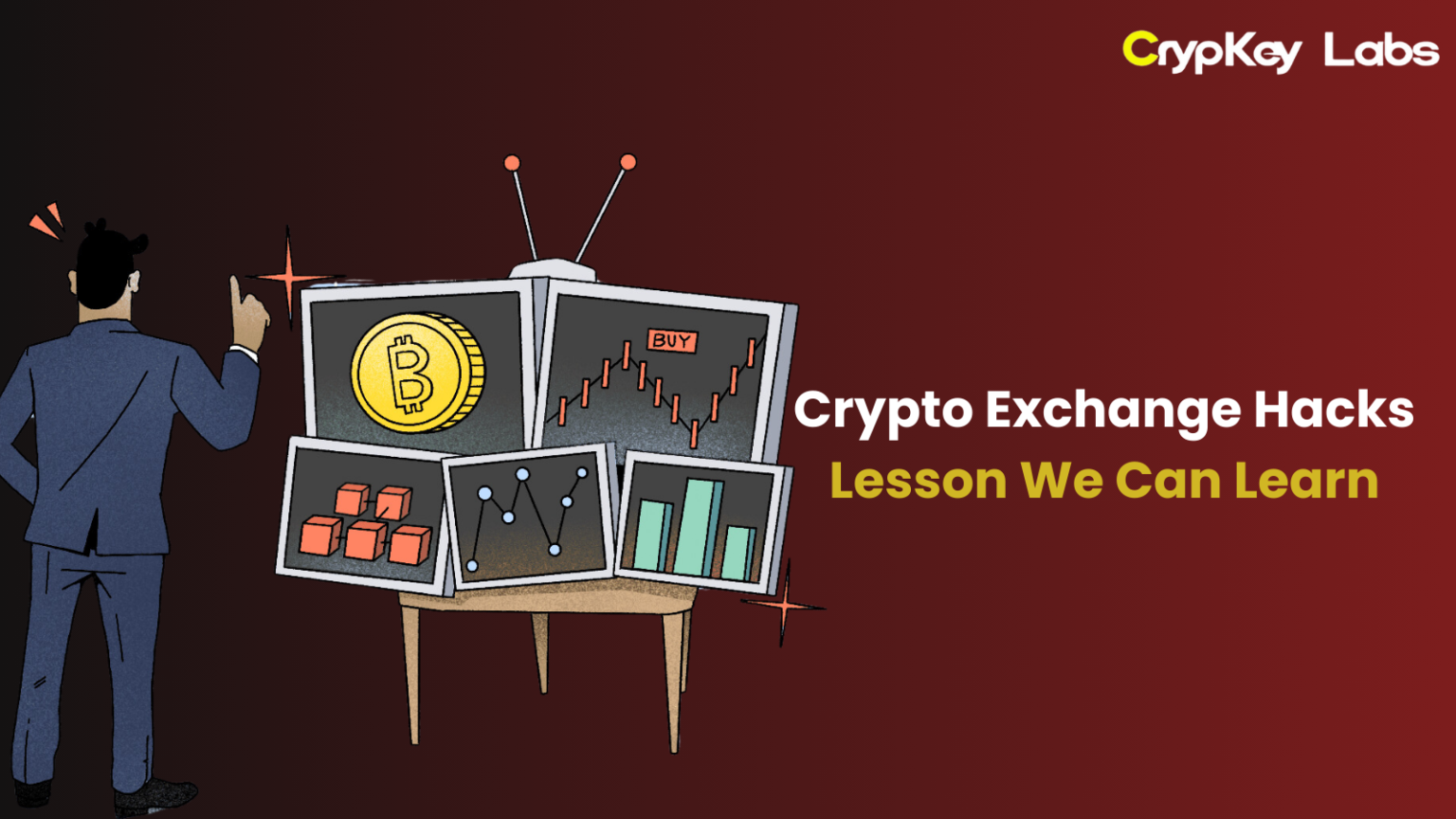Cryptocurrency has taken the financial world by storm, offering decentralized, borderless, and highly secure ways to transact and invest. But with great power comes great responsibility—and a fair share of risks. One of the biggest challenges the crypto industry has faced over the years is the vulnerability of crypto exchanges to hacks. In this blog, we’ll dive into some of the most infamous crypto exchange hacks, understand why they happened, and learn how to protect ourselves and the industry as a whole.
Introduction
Cryptocurrencies are revolutionary, but they aren’t without their pitfalls. While blockchain technology is inherently secure, the platforms where we get, sell, and store these digital assets—crypto exchanges—have often been the Achilles’ heel. Over the years, hackers have exploited vulnerabilities in these exchanges, making off with billions of dollars worth of crypto. But as scary as that sounds, every hack has taught us valuable lessons. Let’s explore what went wrong and how we can do better.
A Look at Major Crypto Exchange Hacks
The history of crypto exchange hacks is a stark reminder of the importance of robust security. Here are some of the most notable incidents:
- Mt. Gox (2014): Once the largest Bitcoin exchange, Mt. Gox fell victim to a devastating hack that saw 850,000 BTC vanish into thin air. The loss was equivalent to around $450 million at the time and led to the exchange’s bankruptcy.
- Coincheck (2018): This Japanese exchange was hacked for $530 million worth of NEM tokens. The incident highlighted the risks of storing large amounts of funds in hot wallets.
- Binance (2019): Even one of the most trusted exchanges wasn’t immune. Hackers used phishing and malware to steal 7,000 BTC, worth around $40 million at the time.
These incidents are just the tip of the iceberg, but they underline the need for better security practices across the board.
The Common Vulnerabilities in Crypto Exchanges
So, how do these hacks happen? Let’s break down the common vulnerabilities:
- Inadequate cybersecurity measures: Many exchanges, especially in their early stages, lack the resources to invest in top-notch security systems, making them prime targets for hackers.
- Centralized storage of funds: Storing large amounts of cryptocurrencies in hot wallets (online storage) is a recipe for disaster. Once hackers gain access, the funds are as good as gone.
- Poor private key management: If an exchange fails to properly secure its private keys, it’s essentially handing over the keys to the vault.
- Social engineering and phishing attacks: Sometimes, the weakest link isn’t the system but the people running it. Hackers often trick employees or users into revealing sensitive information.
Lessons We Can Learn
Every hack has a silver lining—the lessons we can learn to prevent similar incidents in the future. Here are the key takeaways:
Importance of Decentralization
Decentralized exchanges (DEXs) are gaining popularity as they don’t rely on a central authority to hold funds. Instead, users maintain control of their assets, significantly reducing the risk of large-scale hacks.
Best Practices for Crypto Exchanges
- Multi-signature wallets: These require multiple private keys to authorize a transaction, making it harder for hackers to access funds.
- Cold storage: Storing the majority of funds offline is one of the most effective ways to prevent theft.
- Regular security audits: Independent third-party audits can help identify and fix vulnerabilities before hackers exploit them.
Educating Users
Even the most secure exchanges can’t protect users who fall for phishing scams. Educating users about common threats and how to avoid them is crucial.
Diversifying Asset Storage
As the saying goes, “Don’t put all your eggs in one basket.” This applies to crypto as well. Storing funds in multiple locations—hardware wallets, exchanges, and other secure options—can minimize risks.
What Can Users Do to Protect Themselves?
While exchanges have a responsibility to secure their platforms, users also need to take proactive steps to protect their assets. Here’s how:
- Use hardware wallets: These offline devices are one of the safest ways to store your crypto.
- Enable two-factor authentication (2FA): Adding an extra layer of security to your accounts can deter hackers.
- Update passwords regularly: Use strong, unique passwords for your exchange accounts and change them frequently.
- Beware of phishing scams: Always double-check URLs and be cautious of unsolicited emails or messages.
The Role of Regulations and Policies
Regulations often get a bad rap in the crypto world, but when it comes to security, they can be a game-changer. Here’s why:
- Improved security standards: Regulations can mandate that exchanges adopt industry-standard security measures.
- Insurance policies: Some exchanges now offer insurance to cover losses in case of a hack, providing users with an added layer of protection.
- Transparency: Regular audits and public disclosures can build trust and accountability.
The Future of Crypto Exchange Security
The crypto industry isn’t sitting idle. New technologies and approaches are being developed to enhance security. Here’s a glimpse into the future:
- Blockchain analytics: These tools can help detect fraudulent activities in real-time, making it harder for hackers to launder stolen funds.
- AI-powered threat detection: Artificial intelligence can identify and respond to potential threats faster than any human team.
- The rise of DeFi: Decentralized finance (DeFi) platforms offer an alternative to traditional exchanges, reducing reliance on centralized systems.
The next decade will likely see significant advancements in crypto security, making it safer for everyone to participate in this exciting space.
Conclusion
Crypto exchange hacks have been a harsh reality of the industry, but they’ve also been valuable learning experiences. By understanding the vulnerabilities and taking proactive measures, we can build a more secure crypto ecosystem. Whether you’re a user, an exchange operator, or a regulator, we all have a role to play in keeping the crypto space safe.
The future of cryptocurrency is bright, but security must remain a top priority. So let’s learn from the past, stay vigilant, and work together to create a safer environment for this revolutionary technology.







